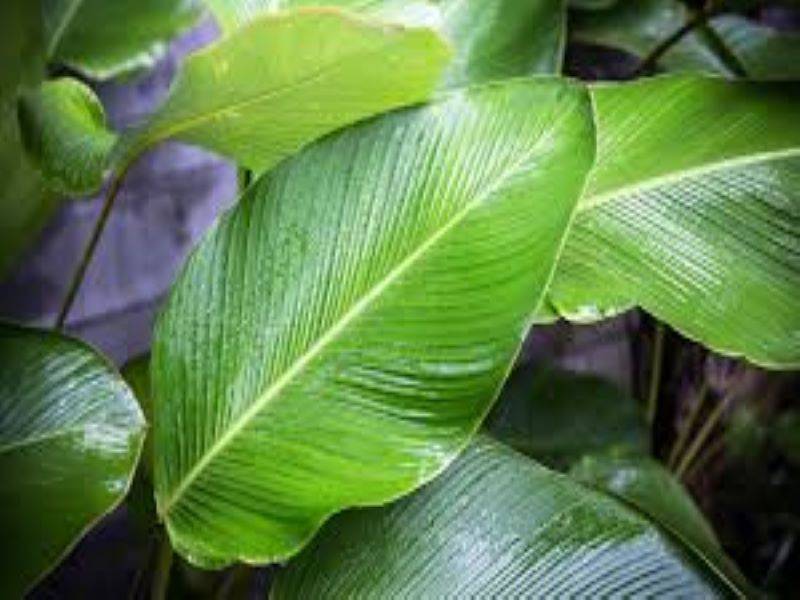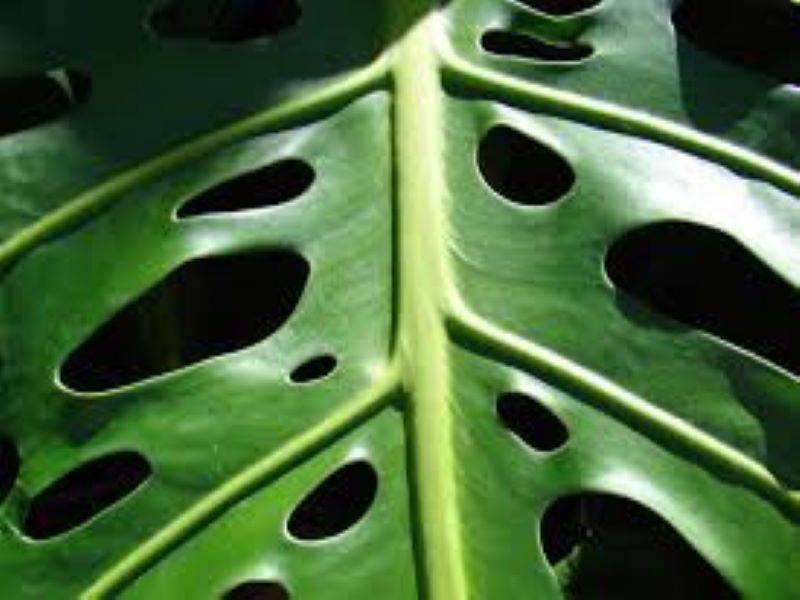
Fertilizers are used for the plant growth and the most common method is to add it to the soil. However, when fertilizer is added to the soil, it does not affect the plants completely. This means that only 50 per cent or less of the fertilisers' nutrition is available to the plants.
Even if the roots of the plants are damaged, it is not possible for the fertilizer to be added to the soil by the roots. In these situations, leaf manure is another option for plant nutrition.
The fertilizer enters the leaves through the micro-perforated stomata on the leaf surface. There are many advantages to using leaf manure as a soil fertilizer.
There are many advantages of using a soil fertilizer, the most important of which is that the fertilizer is readily available to the plants. Therefore, when the nutritional deficiency is experienced at many critical stages of plant growth, it can be promptly remedied by nutrition. It is also effective in providing microbial mixtures in various growth vectors.
Another benefit of leaf nutrition is that no manure is lost. Approximately 90 to 95 per cent of the fertilizer provided is for plants. Small quantities of fertilizer are needed. Therefore, this type of fertilizer is very favorable for the environment.
Fertilizers like urea and potash and other fertilizers such as 19:19:19 are well suited for leaf nutrition.
According to the growth of the plant, 5 to 10 grams of fertilizer are mixed in one litre of water and pressed. Do not fertilize the leaves in large quantities. This can lead to drying of the leaves and consequently damage of the leaves.

Morning and evening sunshine is the best time for leaf feeding. The plants will close the stomata to avoid water damage for evaporation in the late afternoon sun. Also, avoid leaf feed when there are rain and wind. This is because the fertilizer will be washed away by the rain.
Similarly, the direction of fertilizer application may change due to wind. The addition of some vetting agents along with the rinse will help improve the fertilizer efficiency. There are many types of vetting agents available on the market. These vesting agents help the fertilizer to flow properly into the leaves and reach all the stomata and stick to the leaves.
It is not practical to supply the plant with all the necessary fertilizers. Therefore, fertilizer application should be arranged in a manner that fertilizes the soil and leaves. Fertilizer through the leaves is not a substitute for soil fertilizers, but rather a source of maintenance. Propagated fertilizer application is effective in integrated terraced gardens.















